|
This is a project that I did last year with my 2nd graders that I decided to bring back again for this year. We learned about Claude Monet and his history changing art-style, Impressionism. Impressionists focused on painting light and its effects on color. I found that this year's 2nd graders were much more successful with their wet-on-wet watercolor technique. I'm not sure if I taught it differently or what but I was very impressed with their painting results. This year, I cut out the part where students drew on the bridge's woodgrain too.
Here is a link to the project instructions from last year: http://devoncalvert.weebly.com/2nd/monets-lily-pond
0 Comments
Frank Gehry is a Canadian-American architect most widely known for his large, titanium exterior buildings. His architecture features a lot of curves and gives his buildings a sense of movement. They have been credited with helping the economy of cities that they are featured in because of their popularity with tourists. This was a short project that was packed full of some big art concepts for the artists. We talked about movement in art and even though Gehry's buildings don't physically move, their curves give them the sense of mevement. We also talked about form and how form is another word for 3D or something that looks like it's 3D. Lastly, we talked abotu different kinds of lines. Typically, line is something that I hit really hard with kindergarten but since I didn't have these guys in kindergarten, we needed some work on our line knowledge. We really hammered knowing the difference between horizontal, vertical, and diagonal. We got to use shiny metallic paper on this project. The kids FREAKED! We started off by drawing a squiggly line with a sharpie that filled our paper and overlapped in several areas. Students needed to be careful that they didn't turn that squiggle into a scribble or the next step would become a little too hard. After their squiggly line, they then filled in all of the shapes it created with vertical, horizontal, and diagonal lines. This was meant to look like the paneling on Gehry's buildings. The second class was spent cutting out our shape and then cutting 4-6 slits into the shape. I then stapled down one part of their sculpture to a black paper. They were then free to glue and curl whatever parts of their paper that they wanted, as long as their artwork took on form and wasn't flat. Some chose to glue down several parts of their project, others chose to curl some pieces in and others out.
I thought this project turned out super cool! I just wish that the photos did them justice. Because of their shiny surface, they don't show their form super well. 2nd grade carried on with learning about value. This time, we used it when creating seascapes rather than landscapes. We decided to check out one of my favorite artists, Edward Hopper. Hopper was an American realist painter. He liked to paint lonely scenes of everyday American life. His paintings come off as being uneventful moments captured in time. He is most well-known for his highly parodied painting, Nighthawks. This project is loosely based on Cassie Stephens' Leif Erickson background. 2nd grade recapped on space, value, and tints and shades. We noticed that in this painting by Hopper, the lighter colors were at the bottom of the painting and the darker colors were further away. This was opposite of what we noticed with landscapes. Students partnered up and one partner painted two 6x18 tints and the other painted two 6x18 shades. This project, they got to mix their own tints and shades. We learned that when mixing tints, we start with white and add our color to it. With shades, we start with the color and add black to it.
The second day, students sponge painted a background paper with white. They then sponge-painted two more colors on top of their white paint. Then they CAREFULLY tore each of their strips of paper from the previous class in half and gave one half to their partner. Now each student had two tints and two shades. Students ordered their torn strips from lightest to darkest (lightest at the bottom). They glued down their strips, starting with the shades in the center of their paper and worked their way down to the tints at the bottom. The final day dealt with Mr. Calvert taking on one of his biggest fears, origami! We sat in a big ole' circle and worked step-by-step together until we folded an origami sailboat. Students had the chance to make two boats if they wished. The last steps to do were to curl the tops of their waves and then glue down their boats, being careful to take space and size into consideration if they had two boats. |
Devon CalvertHarmony and Consolidated Elementary Art Teacher in Milton, WI. UW-Eau Claire graduate. WAEA President. Apple Teacher. Archives
March 2019
Categories
All
|

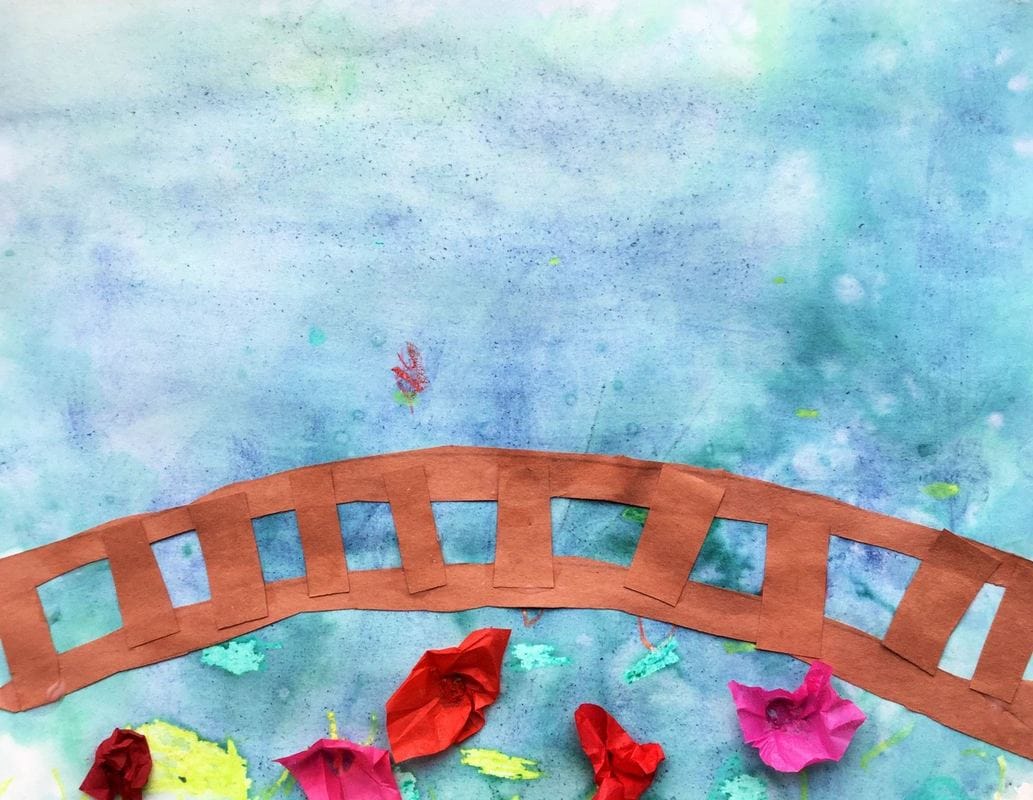
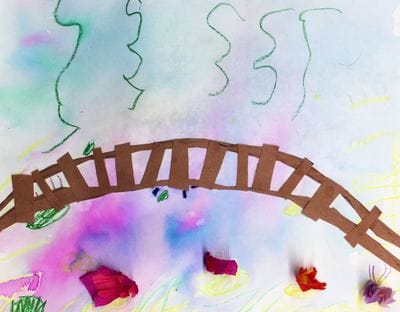
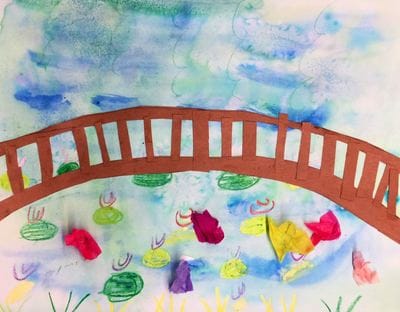



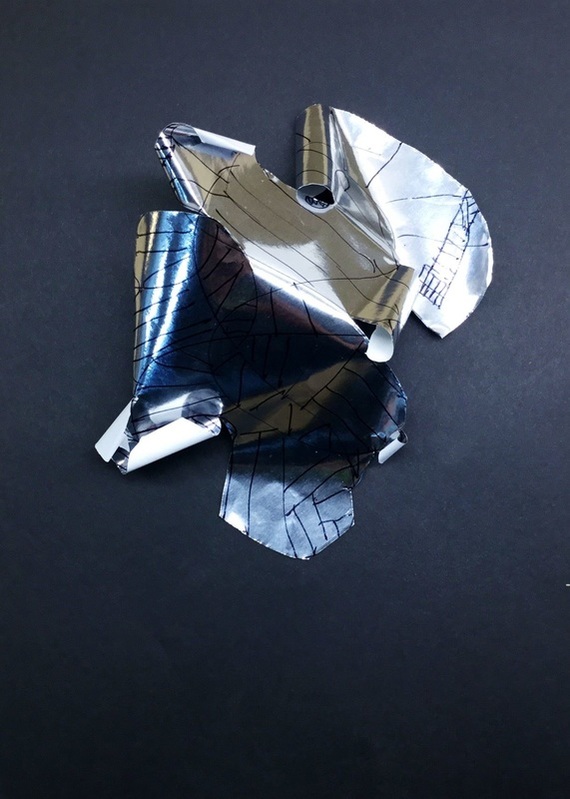





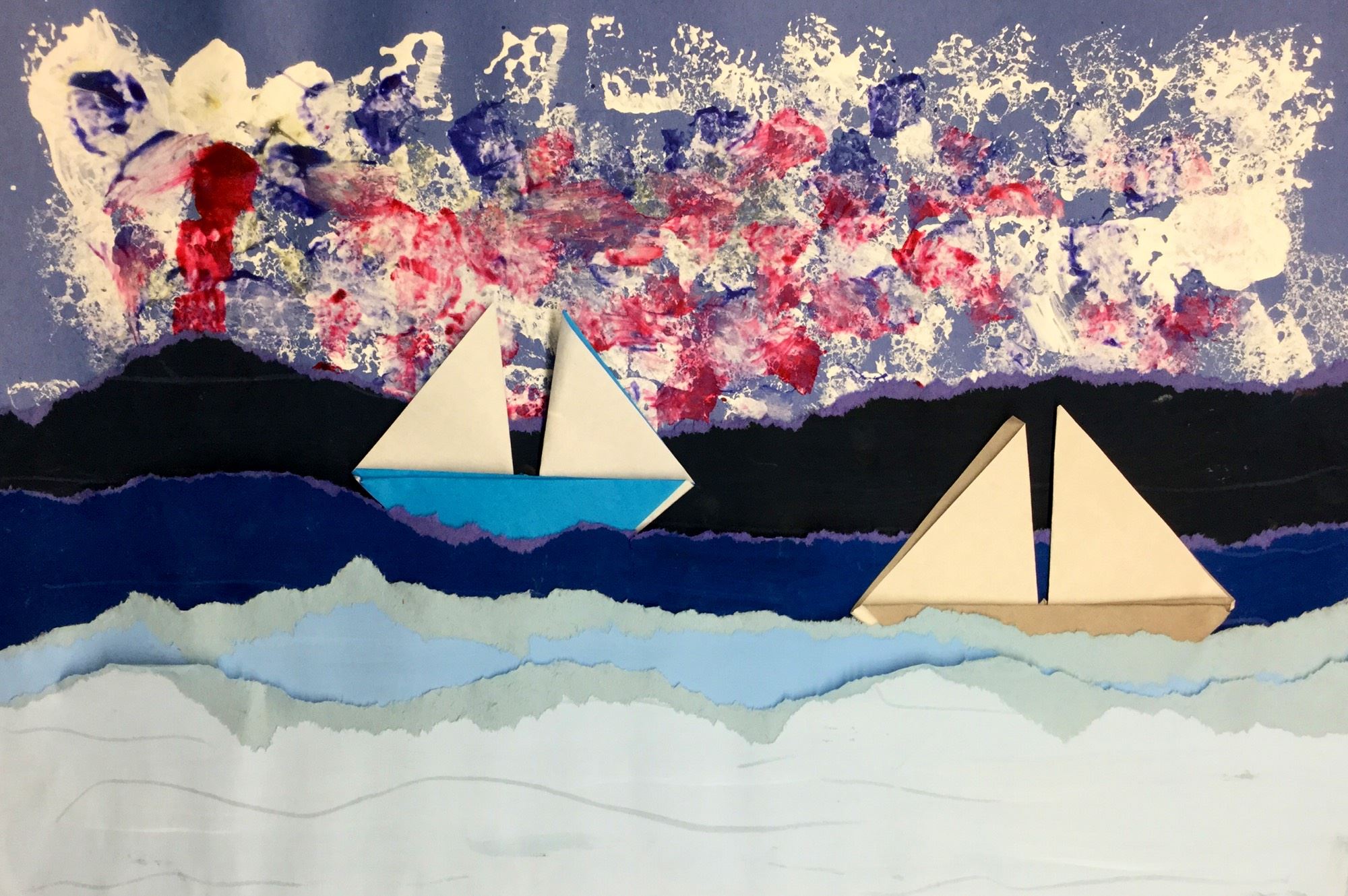





 RSS Feed
RSS Feed
